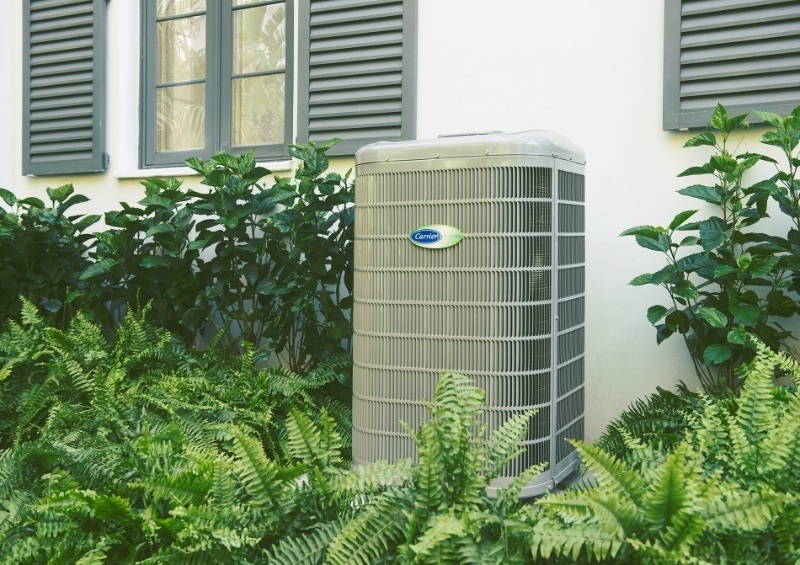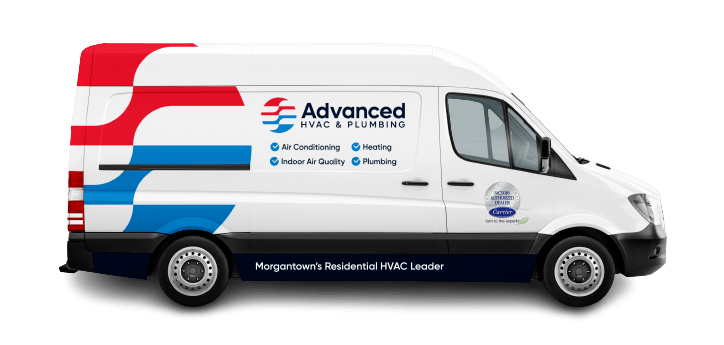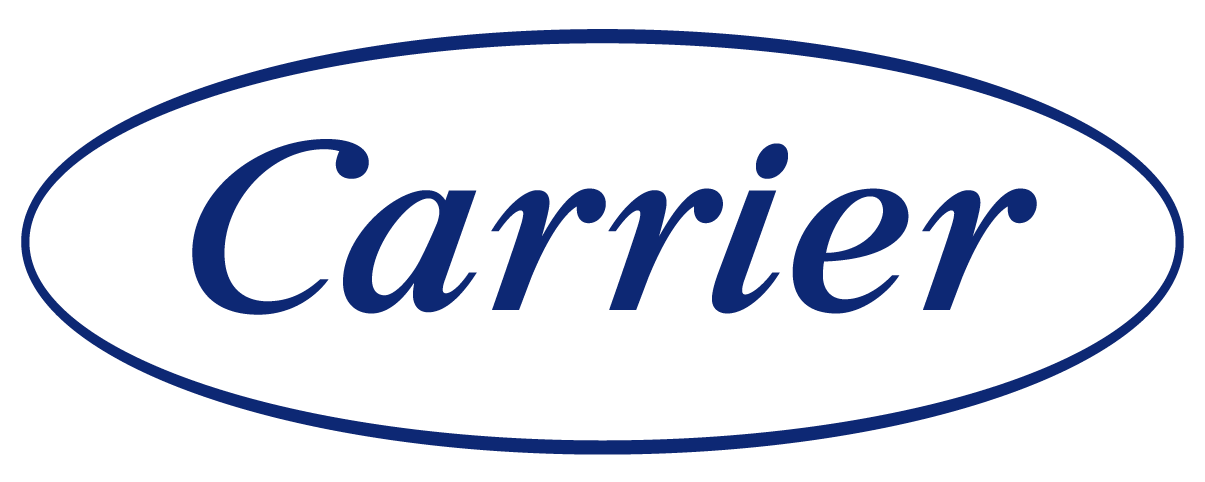
Variable Refrigerant Flow Systems: The Future of Commercial Climate Control
Variable Refrigerant Flow (VRF) technology represents one of the most significant advancements in commercial HVAC systems over the past two decades. At Advanced HVAC & Plumbing, we’ve been installing and servicing these sophisticated systems throughout Morgantown, WV, Kingwood, WV, Fairmont, WV, and surrounding areas since our founding in July 2000. VRF systems offer unprecedented energy efficiency and precise temperature control that traditional HVAC systems simply cannot match.
The technology originated in Japan during the 1980s and has since become the preferred climate control solution for commercial buildings, hotels, office complexes, and multi-family residential properties worldwide. Unlike conventional split systems that operate at full capacity whenever they’re running, VRF systems continuously adjust their refrigerant flow rate to match the exact heating or cooling demands of each zone within a building. This variable capacity operation translates to energy savings of 30 to 40 percent compared to traditional rooftop units or water-source heat pump systems.
How VRF Technology Works
The core principle behind VRF systems involves sophisticated inverter-driven compressors that modulate their speed based on the combined load requirements of all connected indoor units. When a zone calls for cooling, the system delivers precisely the amount of refrigerant needed to that specific area without affecting other zones. This targeted approach eliminates the energy waste associated with overcooling or overheating spaces to maintain comfort in different areas of a building.
The refrigerant piping network in a VRF system serves as the primary means of heat transfer, eliminating the need for extensive ductwork that characterizes traditional forced-air systems. Each indoor unit contains an electronic expansion valve that precisely meters refrigerant flow based on real-time temperature readings and setpoint requirements. The outdoor condensing units feature multiple scroll compressors with variable-speed drives, allowing them to operate anywhere from 10 to 100 percent of their rated capacity. This modulation capability ensures optimal efficiency across all operating conditions, whether it’s a mild spring day in Cheat Lake, WV, or a sweltering summer afternoon in Westover, WV.
Key Components and System Architecture
A typical VRF installation consists of one or more outdoor condensing units connected to multiple indoor fan coil units through a network of refrigerant piping. The outdoor units house the variable-speed compressors, condensing coils, and sophisticated control boards that manage system operation. These units can range from 6 to 40 tons of cooling capacity, with the ability to connect multiple units together for larger applications. The refrigerant piping consists of high-pressure liquid lines and low-pressure suction lines, with branch selector boxes or Y-branches distributing refrigerant to individual indoor units.
Indoor units come in various configurations to suit different architectural requirements and aesthetic preferences. Ducted units conceal within ceiling spaces and connect to short duct runs for discreet air distribution. Wall-mounted units provide direct room conditioning without ductwork, while cassette units fit into suspended ceiling grids for a clean, integrated appearance. Floor-standing console units work well in spaces without adequate ceiling height, and concealed floor units can be installed beneath raised floors in computer rooms or data centers. Each indoor unit includes its own controller, allowing occupants to adjust temperature setpoints and fan speeds independently.
Heat Recovery Capabilities
One of the most impressive features of modern VRF systems is their ability to provide simultaneous heating and cooling through heat recovery technology. In buildings where some zones require cooling while others need heating, heat recovery VRF systems capture waste heat from areas being cooled and redirect it to zones requiring heating. This process occurs through a three-pipe system that includes high-pressure gas, high-pressure liquid, and low-pressure gas lines, along with specialized branch selector boxes that manage refrigerant flow direction.
During shoulder seasons when Star City, WV experiences mild temperatures, this heat recovery capability proves especially valuable. Consider an office building where south-facing perimeter offices require cooling due to solar heat gain, while north-facing offices need heating. A heat recovery VRF system transfers heat from the warm zones to the cool zones, dramatically reducing overall energy consumption. Some manufacturers report that heat recovery operation can achieve coefficient of performance values exceeding 8.0, meaning the system produces eight units of heating or cooling energy for every unit of electrical energy consumed.
Installation Considerations and Requirements
Installing VRF systems requires specialized expertise and careful planning to ensure optimal performance and longevity. Our technicians undergo extensive manufacturer training to properly size, design, and commission these complex systems. The installation process begins with a detailed load calculation for each zone, accounting for factors such as solar orientation, occupancy patterns, and internal heat gains from equipment and lighting. Refrigerant piping must be properly sized based on the total system capacity and the longest piping run, with careful attention to elevation changes between outdoor and indoor units.
Proper refrigerant charging represents a critical aspect of VRF installation that differs significantly from traditional split systems. Rather than using superheat and subcooling measurements alone, VRF systems require precise refrigerant quantities based on the total piping volume and the number of connected indoor units. We utilize electronic scales and manufacturer-specific software to calculate and verify the correct charge amount. Additionally, pressure testing and evacuation procedures must meet stringent standards to prevent moisture contamination and ensure long-term reliability. Since we don’t charge extra for nights and weekends, our team can perform these time-intensive procedures without rushing, ensuring every installation meets manufacturer specifications.
Advantages of VRF Systems
- Energy Efficiency – Variable-speed compressors and fans adjust output to match actual load requirements, reducing energy consumption by up to 40 percent compared to conventional systems
- Zoning Flexibility – Each indoor unit operates independently, allowing different areas to maintain different temperatures based on occupancy and use patterns
- Quiet Operation – Indoor units produce sound levels as low as 27 decibels, comparable to a whisper, while outdoor units feature sound-dampening technology
- Space Savings – Compact refrigerant piping requires less ceiling space than traditional ductwork, preserving architectural aesthetics and maximizing usable floor area
- Reduced Maintenance – Fewer mechanical components and no water circulation pumps mean less routine maintenance compared to chilled water systems
Maintenance and Service Requirements
While VRF systems generally require less maintenance than traditional HVAC equipment, regular service remains essential for optimal performance and longevity. Our comprehensive maintenance programs include quarterly filter cleaning or replacement for all indoor units, annual refrigerant leak testing using electronic detection equipment, and periodic cleaning of outdoor unit coils to maintain heat transfer efficiency. The electronic expansion valves in each indoor unit require occasional calibration to ensure accurate refrigerant metering, while the inverter drives in outdoor units benefit from annual thermal imaging to identify potential electrical issues before they cause failures.
Advanced diagnostic capabilities built into VRF systems simplify troubleshooting and reduce downtime. Most manufacturers provide proprietary software that allows our technicians to connect directly to the system’s control network, accessing real-time operating data and historical fault codes. This connectivity enables remote monitoring capabilities, where we can detect developing issues before they impact comfort or efficiency. For facilities throughout Morgantown, WV, Fairmont, WV, and neighboring communities, this proactive approach to maintenance helps prevent unexpected breakdowns and extends equipment life well beyond the typical 15 to 20-year expectancy.
Cost Considerations and Return on Investment
Initial investment for VRF systems typically exceeds that of conventional rooftop units or split systems, with installed costs ranging from $15 to $30 per square foot depending on system complexity and building characteristics. However, the superior energy efficiency and reduced maintenance requirements often result in payback periods of three to seven years. Utility rebate programs available throughout West Virginia can offset 20 to 30 percent of the initial cost, improving the financial attractiveness of these systems. Additionally, the ability to submeter individual zones allows property managers to bill tenants for actual energy usage, creating an incentive for conservation while ensuring fair allocation of operating costs.
When evaluating lifecycle costs, VRF systems demonstrate clear advantages over traditional alternatives. The absence of water pumps, cooling towers, and extensive ductwork eliminates many maintenance-intensive components. Variable-speed operation reduces wear on compressors and fans, extending equipment life and reducing replacement frequency. For commercial property owners in Kingwood, WV, Cheat Lake, WV, and Westover, WV, these long-term savings combined with improved tenant comfort and satisfaction make VRF technology an increasingly attractive investment for both new construction and major renovation projects.







